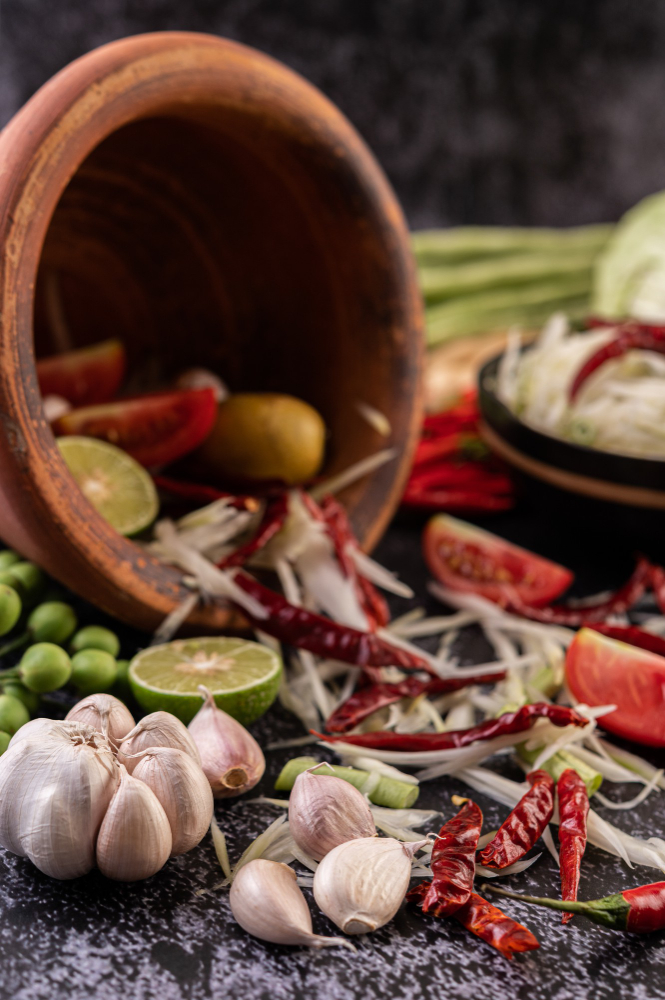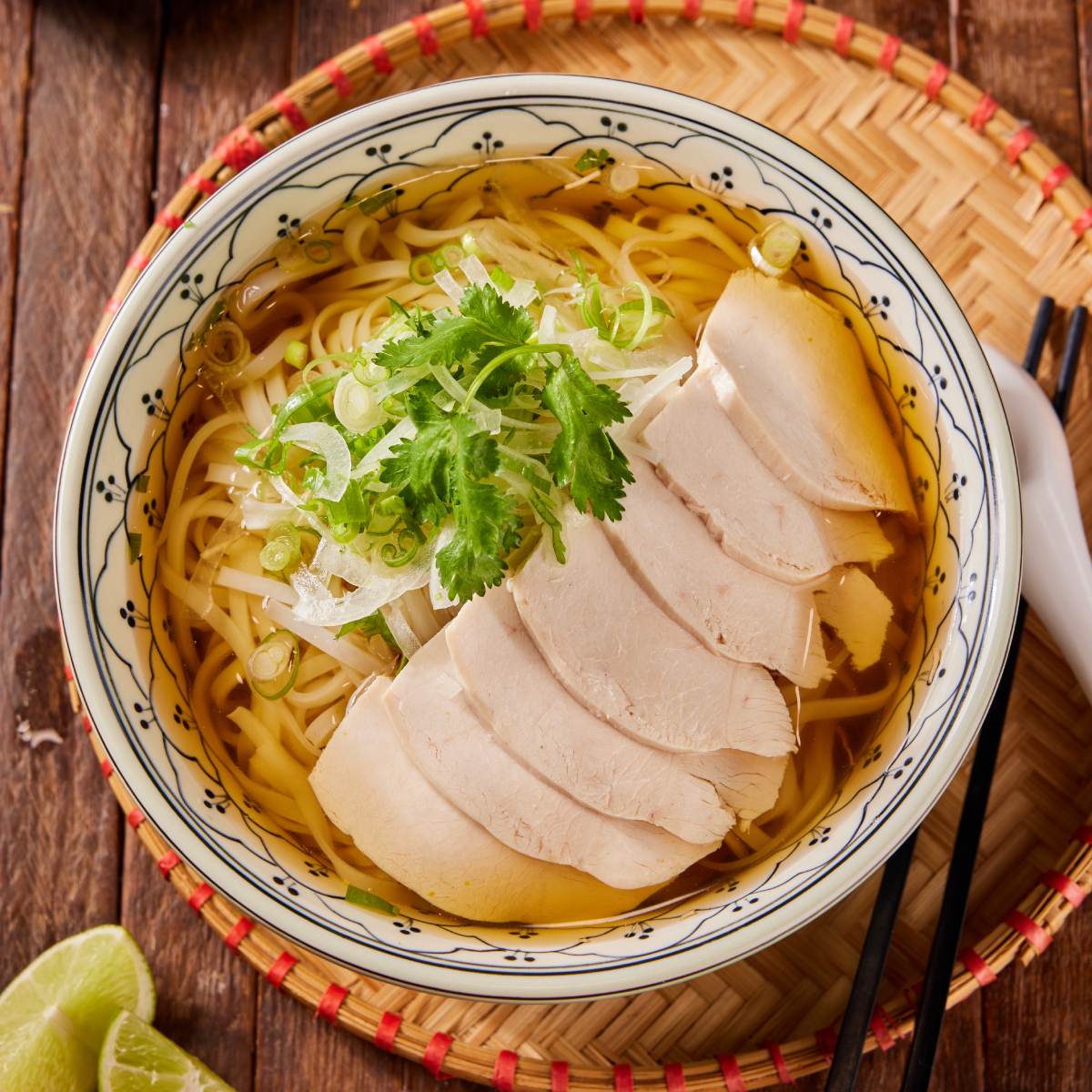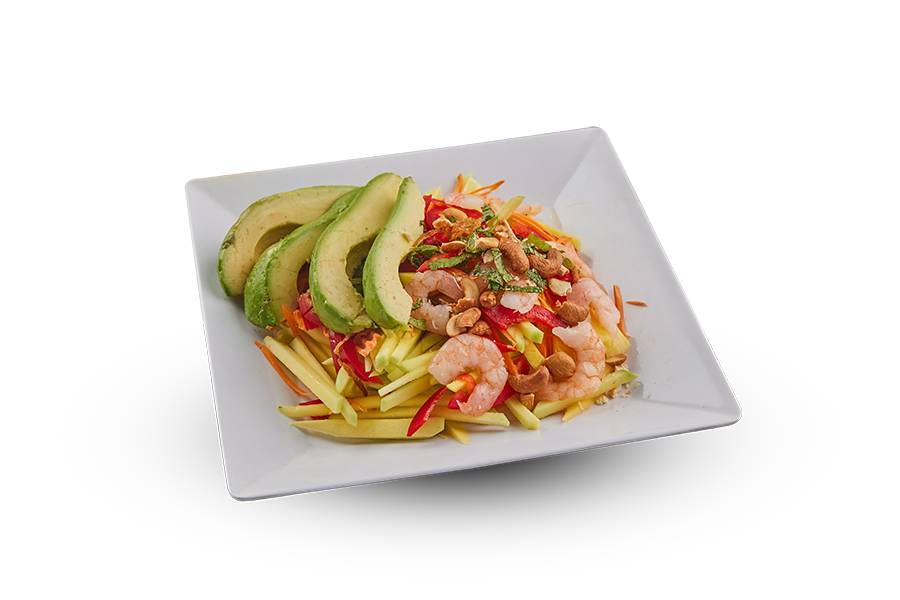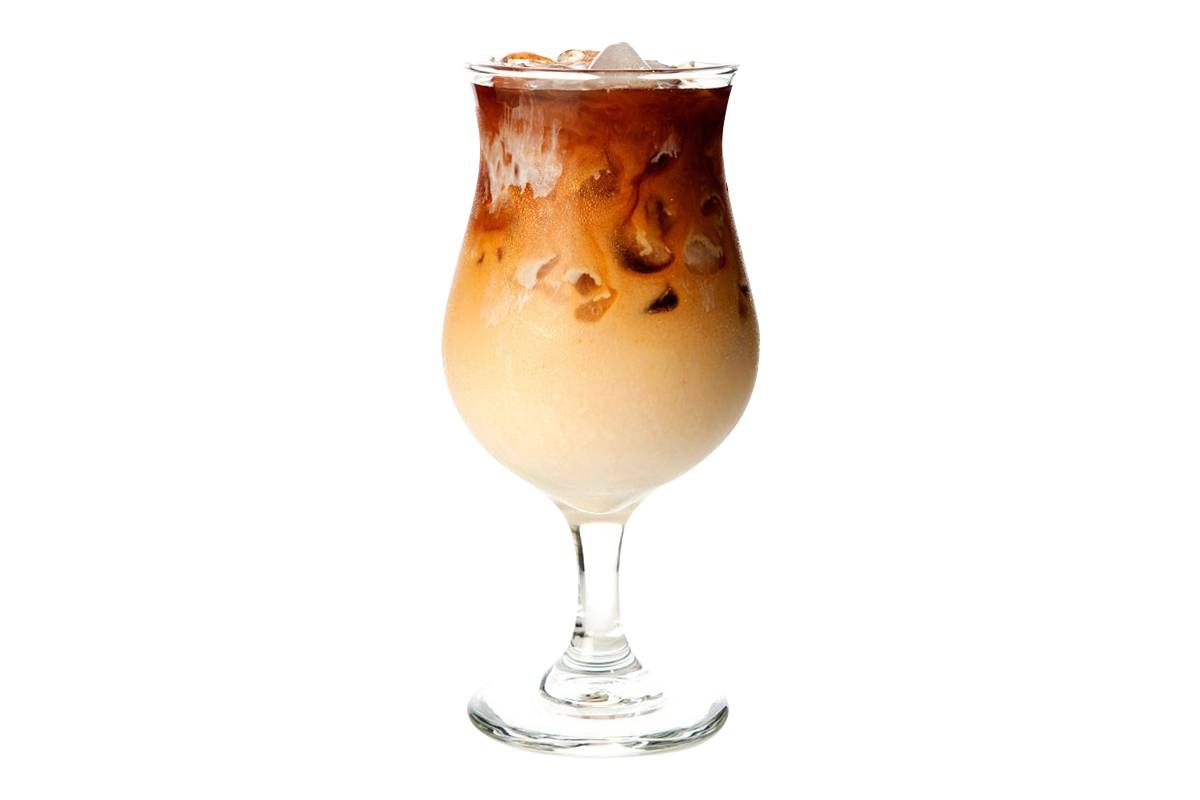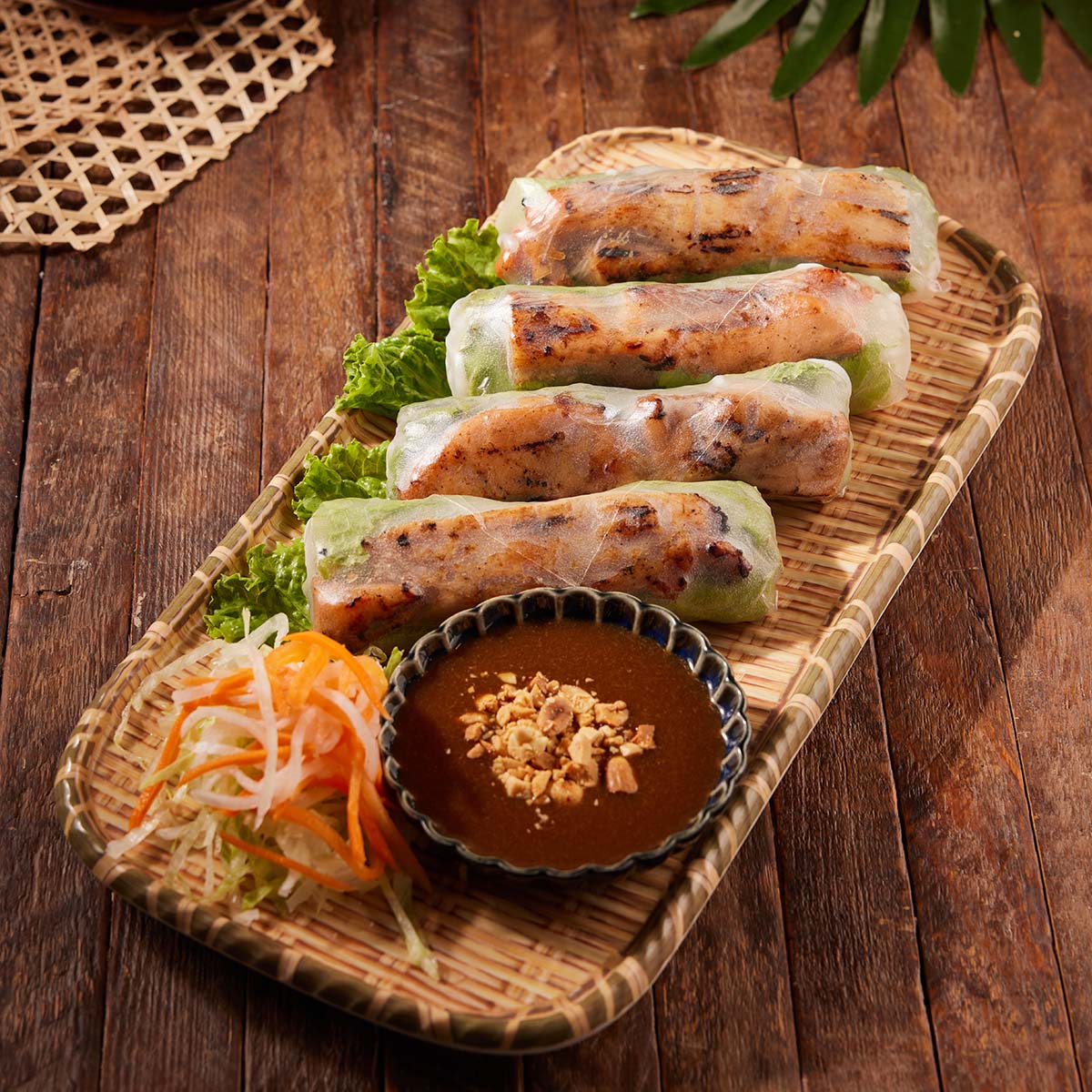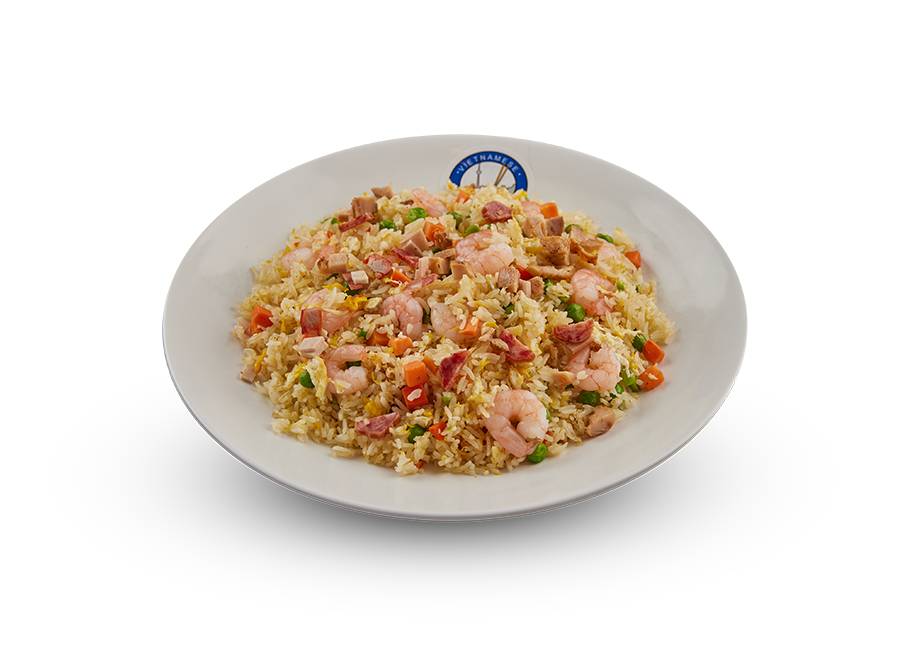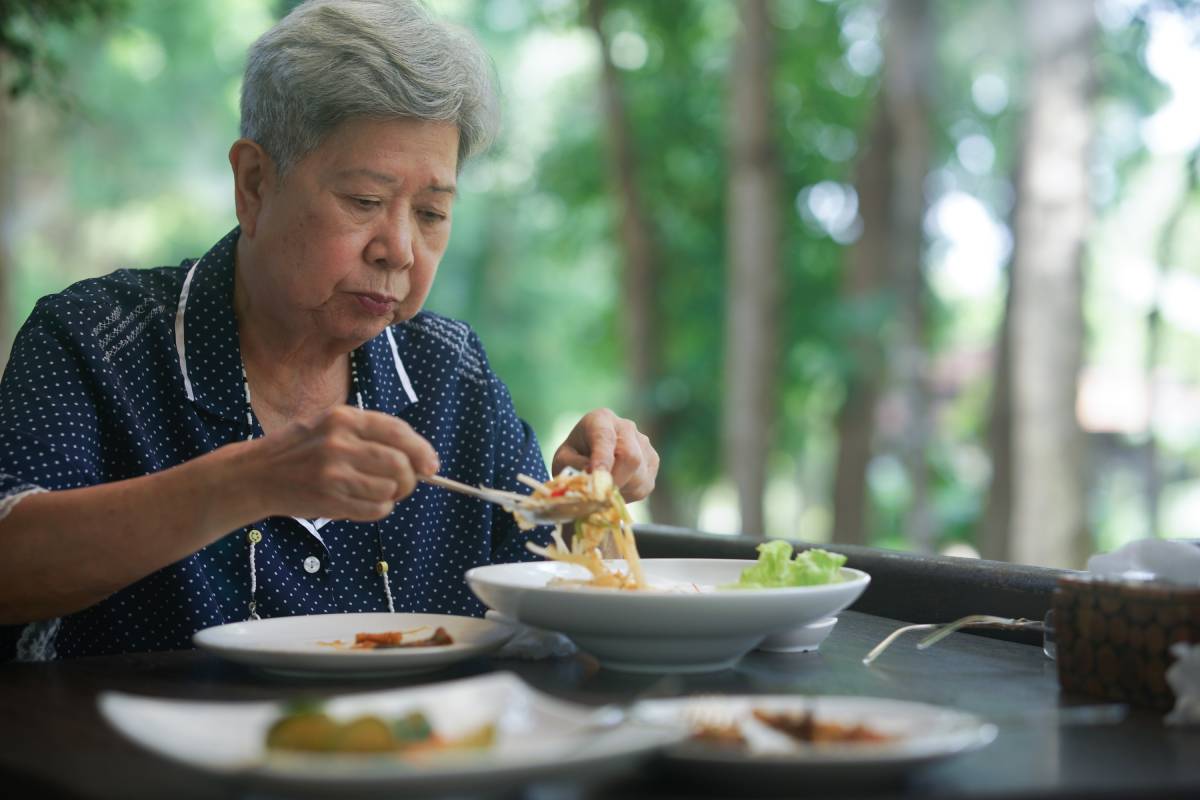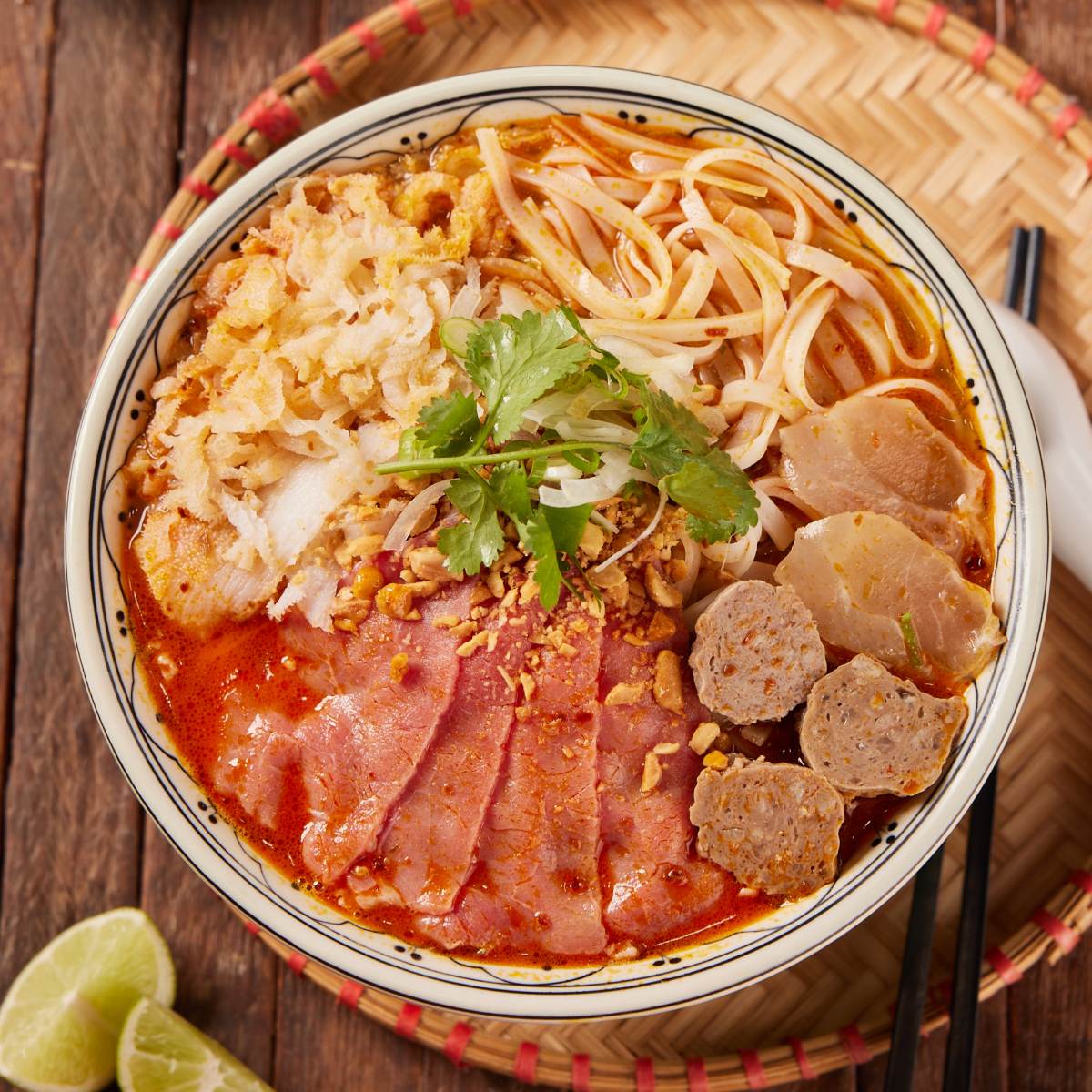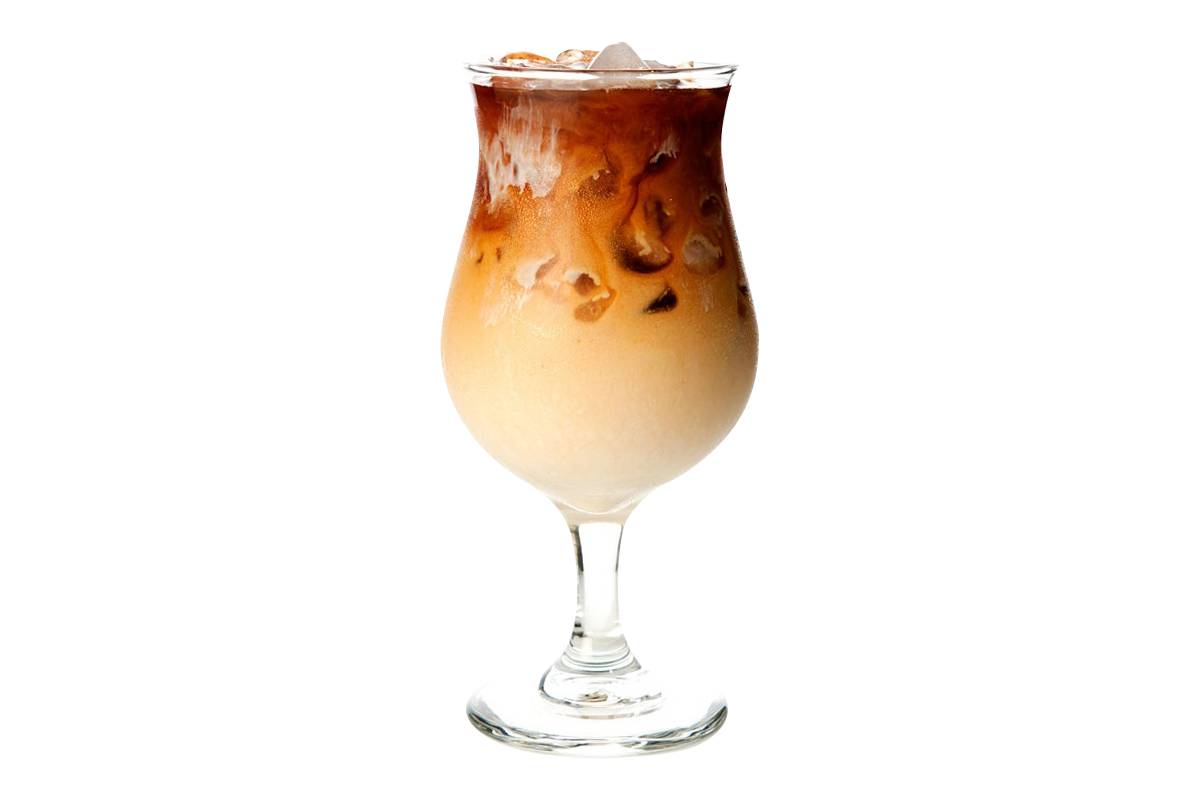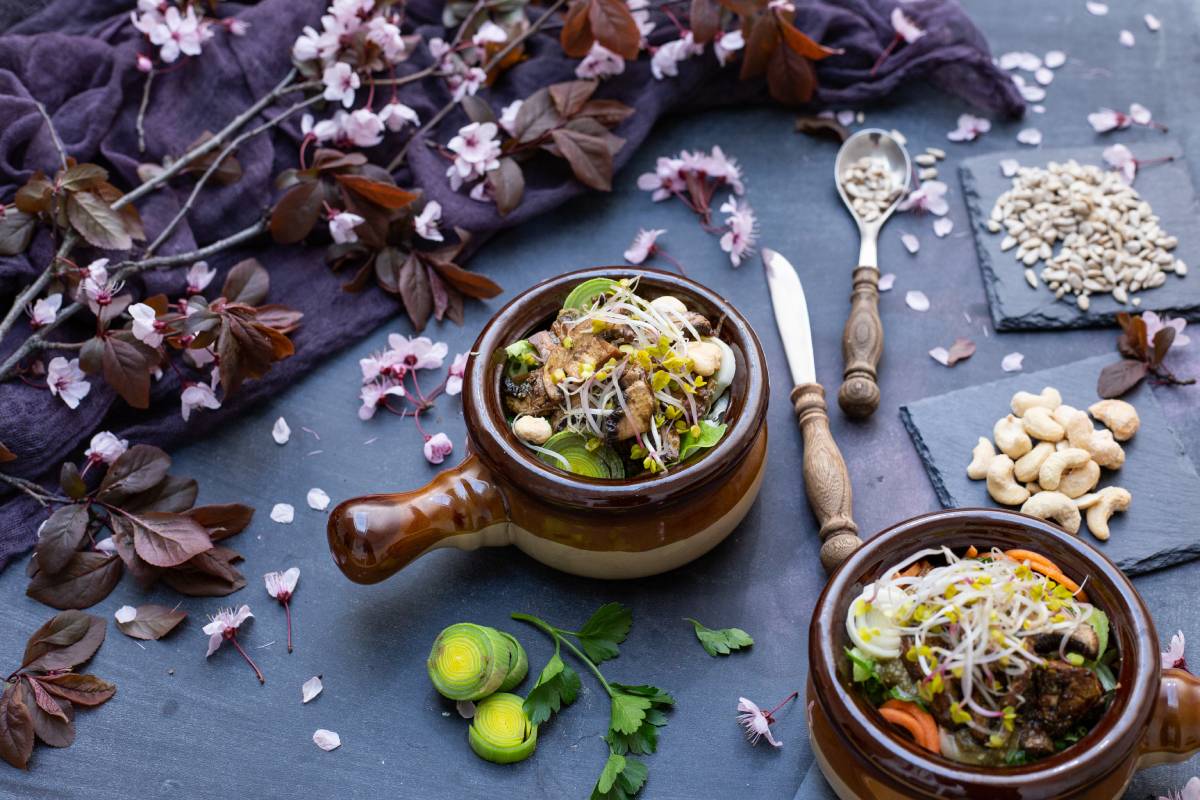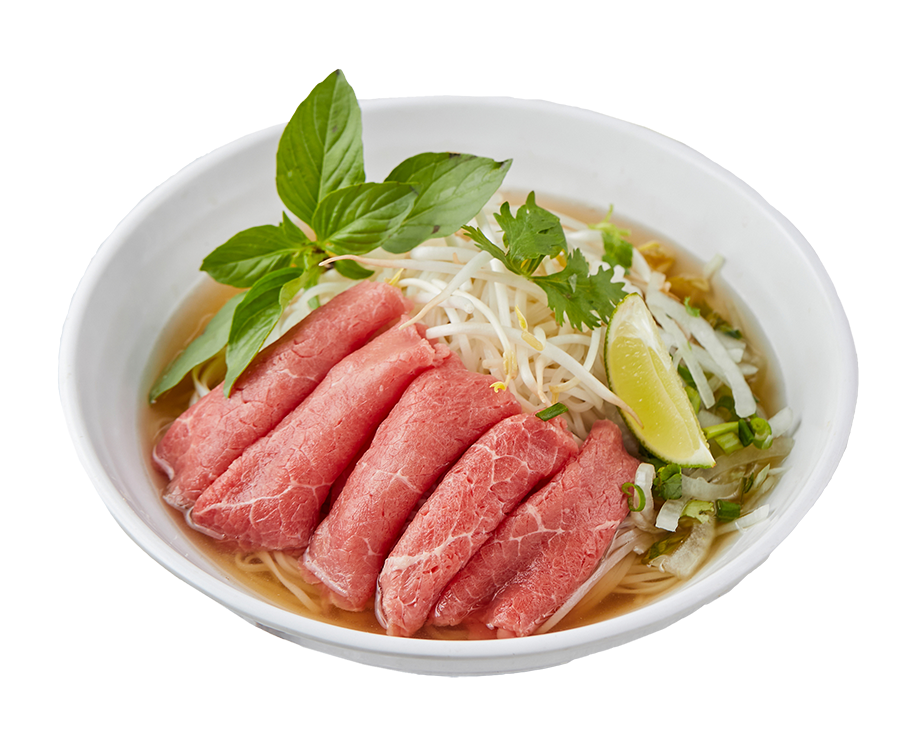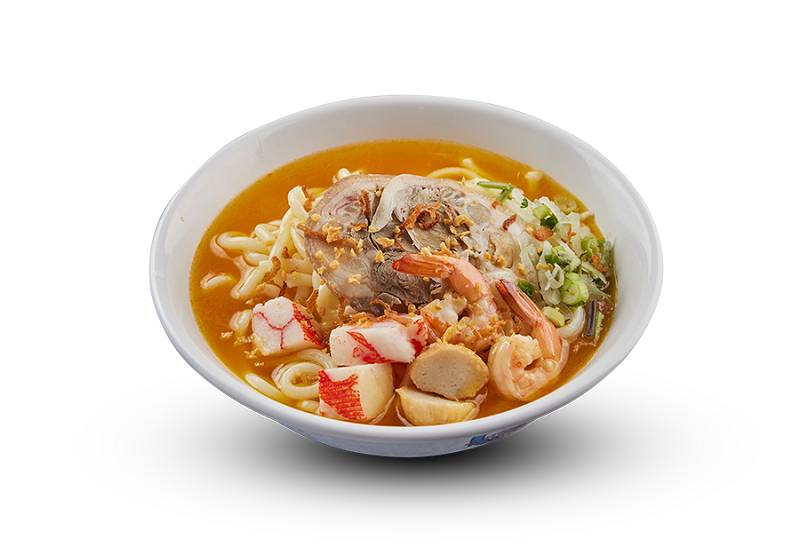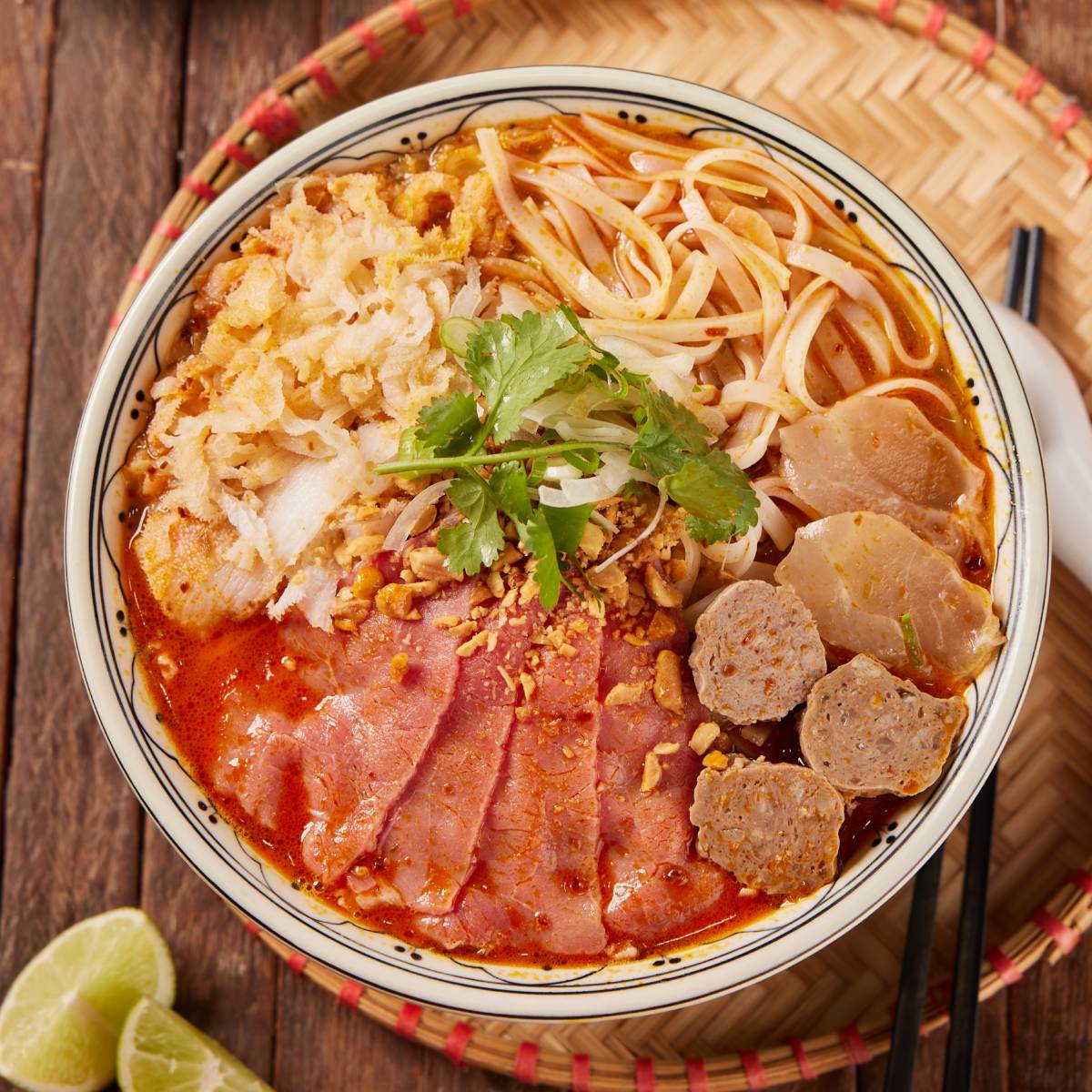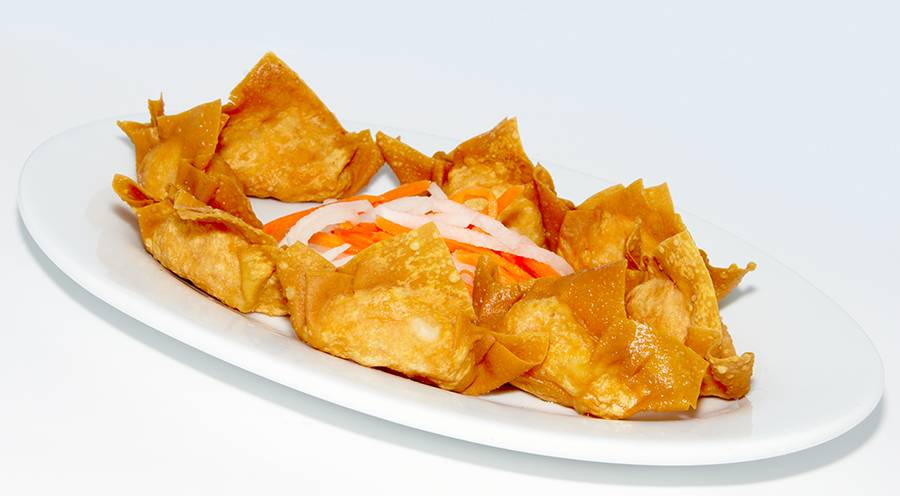The Cultural Tapestry of Vietnamese Herbs and Spices
From the mountainous north to the tropical south, Vietnam's geographical diversity has blessed the country with abundant herbs and spices. Vietnamese cuisine, deeply rooted in agricultural traditions, reflects the region's cultural diversity. Each herb and spice holds a story, a connection to the land, and a place in the people's hearts.
From the spice of garlic chives to the citrusy zing of lemongrass, herbs and spices in Vietnamese cooking are an art form passed down through generations. The cultural tapestry they create is not just about flavour; it's about preserving traditions, telling stories, and celebrating the richness of Vietnam's culinary heritage.
Fresh Herbs - The Green Essence
Fresh herbs are the heart and soul of Vietnamese cuisine, infusing dishes with a burst of freshness and complexity. Cilantro, mint, basil, and perilla leaves are staples in the Vietnamese kitchen, each offering a unique flavour profile that elevates the dining experience.
With its bright and citrusy notes, Cilantro adds a refreshing touch to dishes like pho and spring rolls. Mint brings a calm and aromatic element, while basil introduces a subtle sweetness. With their slightly peppery taste, Perilla leaves are often used to complement grilled meats and noodle dishes.
Understanding the variety and characteristics of these fresh herbs is essential for anyone looking to master the art of Vietnamese cooking. The judicious use of these herbs enhances the flavour and reflects a deep respect for the ingredients.
A Symphony of Aromatics - Spices in Vietnamese Cuisine
Vietnamese spices are a symphony of aromatics, contributing depth and complexity to the culinary landscape. The use of spices in Vietnamese cooking is a delicate balance, with each spice playing a specific role in enhancing the overall flavour profile.
Star anise, cinnamon, cloves, and cardamom are common spices in Vietnamese kitchens. These spices, often used to prepare broths and marinades, create a warm and aromatic base for many iconic Vietnamese dishes. The slow infusion of these spices imparts a rich and nuanced flavour, making each bite a sensory delight.
While spices add warmth, they are used judiciously to avoid overpowering the ingredients' natural flavours. This delicate dance with spices is a hallmark of Vietnamese cuisine, showcasing a mastery of culinary artistry.
Lemongrass - The Citrusy Elixir
Lemongrass, a quintessential ingredient in Vietnamese cuisine, is a citrusy elixir that imparts a bright and zesty flavour. Used in various forms, from fresh stalks to dried powder and paste, lemongrass adds a refreshing twist to soups, marinades, and stir-fries.
Beyond its flavour, lemongrass is celebrated for its medicinal properties. Known for its antibacterial and anti-inflammatory benefits, lemongrass has been a staple in traditional Vietnamese medicine for centuries. Its inclusion in daily meals enhances the taste and contributes to overall well-being.
Turmeric - The Golden Hue
Turmeric is a staple spice in Vietnamese kitchens with its warm golden hue. Beyond its vibrant colour, turmeric adds earthy and slightly bitter notes to dishes, contributing to the complexity of flavours. It is often used in marinades, stews, and rice dishes.
Besides its culinary uses, turmeric has long been recognized for its potential health benefits. Curcumin, the active compound in turmeric, is known for its anti-inflammatory and antioxidant properties. The incorporation of turmeric into Vietnamese cuisine not only enhances the taste but also reflects a cultural appreciation for the medicinal properties of food.
Garlic - The Aromatic Powerhouse
Garlic, a culinary powerhouse, is a ubiquitous ingredient in Vietnamese cooking. Its intense aroma and robust flavour add depth to various dishes, from stir-fries to marinades and dipping sauces.
Beyond its culinary applications, garlic has been valued for its potential health benefits. It is believed to have antimicrobial properties and may contribute to cardiovascular health. In Vietnamese cuisine, garlic is not just a seasoning; it's a fundamental element that imparts a distinctive character to the food.
Medicinal Herbs - Culinary Wisdom and Wellness
Many herbs used in Vietnamese cuisine go beyond their culinary role and offer medicinal benefits. From the soothing effects of ginger to the digestive aid provided by coriander, these herbs are integral to both the flavour and the health-conscious aspects of Vietnamese cooking.
Ginger, for example, is used for its warm and spicy flavour and potential anti-nausea and anti-inflammatory properties. With its fresh and citrusy notes, Coriander is believed to aid digestion. Integrating these medicinal herbs into daily meals reflects a holistic approach to well-being embedded in Vietnamese culinary traditions.
The Art of Blending - Creating Flavor Harmonies
Vietnamese cuisine's magic lies in blending herbs and spices to create flavour harmonies. Vietnamese chefs have mastered the art of balancing flavours to perfection, whether it's the fragrant lemongrass-infused broths or the complex spice blends in curry dishes.
Understanding the nuances of flavour blending is critical to recreating authentic Vietnamese dishes. It involves a keen sense of taste, an appreciation for the subtleties of each ingredient, and a commitment to preserving the essence of traditional recipes.
The Global Impact - Vietnamese Flavors Around the World
In recent years, the flavours of Vietnamese herbs and spices have transcended borders, captivating the palates of people worldwide. Vietnamese restaurants, known for their fresh and aromatic dishes, have become popular globally, introducing a new generation of food enthusiasts to the wonders of Vietnamese cuisine.
The global impact of Vietnamese herbs and spices goes beyond the kitchen. It fosters cultural exchange, encourages exploration of diverse culinary traditions, and creates a sense of connection among people from different backgrounds.
To Summarize
In conclusion, Vietnamese herbs and spices are the backbones of a culinary tradition that celebrates diversity, flavour, and well-being. From the fresh herbs that add a burst of vitality to dishes to the aromatic spices that create a symphony of flavours, each element plays a crucial role in shaping the identity of Vietnamese cuisine.
Understanding the cultural significance, health benefits, and artistry of incorporating herbs and spices into daily meals is a journey into the heart of Vietnam and an exploration of the universal language of food. As we savour the rich and aromatic dishes inspired by Vietnamese culinary traditions, we embark on a culinary adventure that transcends borders, connects cultures, and celebrates the spice of life.
Here are some delicious food and drinks to try when ordering from PHO restaurants in Toronto:
House Special Beef Noodle Soup (Phở Đặc Biệt)
Shrimp and Chicken Pad Thai (Padthai Tôm Gà)
Combination Fried Rice (Cơm Chiên Dương Châu)

